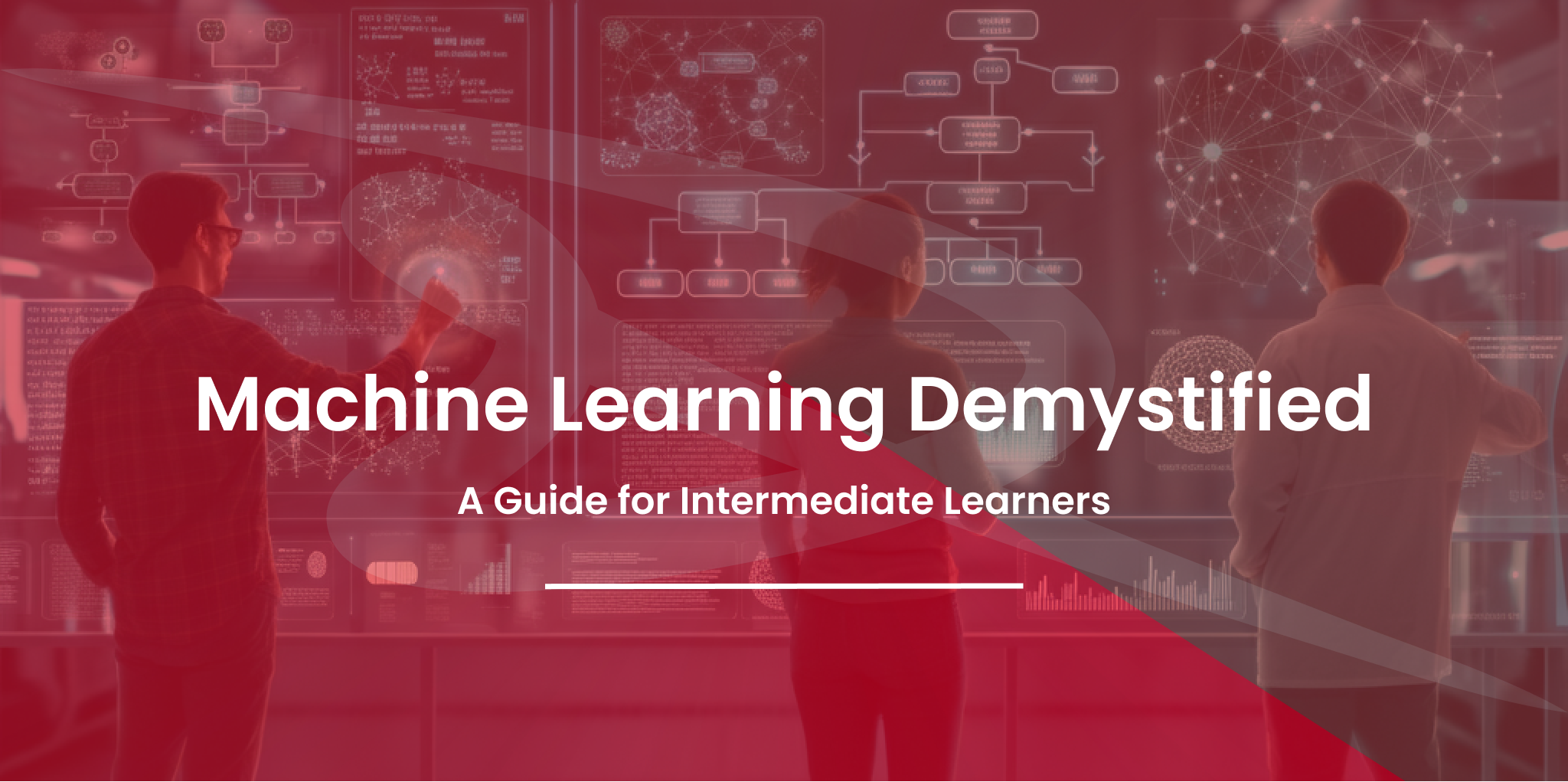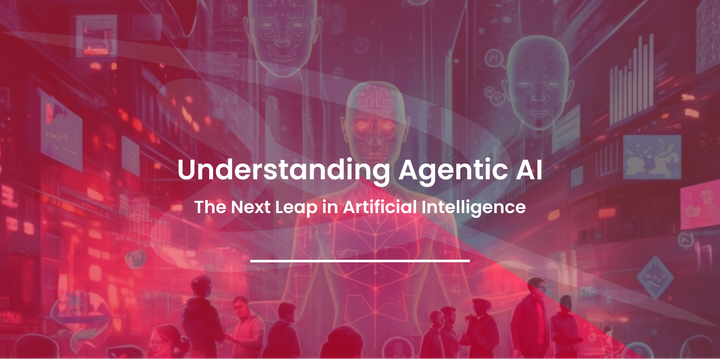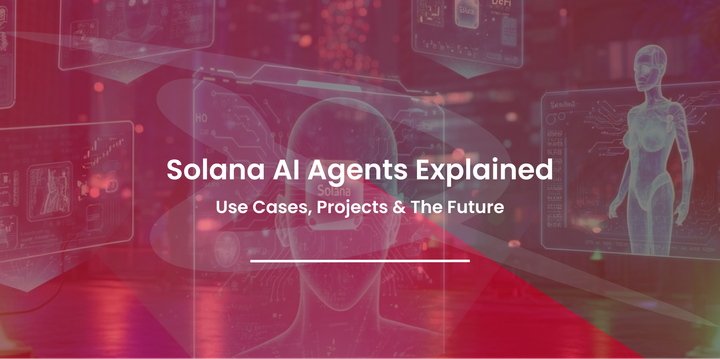Machine Learning Demystified: A Guide for Intermediate Learners
Deepen your understanding of machine learning with this expert guide. Learn algorithms, tools, applications, and real-world use cases.

Machine learning is no longer just a fancy tech term; it’s reshaping industries, driving innovation, and creating exciting opportunities around the globe. Whether you’re a software developer looking to level up your skills, a career changer exploring the tech world, or a tech enthusiast eager to understand machine learning better, this guide is for you.
By the end of this article, you'll know key algorithms, essential evaluation practices, helpful tools, and real-world applications that will deepen your understanding of machine learning.
What is Machine Learning and Why It Matters
At its core, machine learning is a subset of Artificial Intelligence. It allows computers to learn and improve from data without being explicitly programmed. Picture it as training a pet—teaching it through repetition and reinforcement until it responds correctly.
Why does this matter today? From personalized Netflix recommendations to fraud detection in banking, machine learning is everywhere. It’s driving efficiency, enabling better decision-making, and giving businesses a competitive edge.
If you want to grow in your tech career or pivot into data science, machine learning is an invaluable skill to master.
Fundamentals Recap: Understanding Machine Learning Basics
Before we dive into deeper concepts, it’s important to recap the basics.
Types of Machine Learning
- Supervised Learning
- The system is trained on labeled data (input-output pairs).
- Example algorithms include linear regression, logistic regression, and random forests.
- Unsupervised Learning
- Works with unlabeled data to find patterns or structure.
- Examples include clustering (like K-means) and dimensionality reduction (PCA).
- Reinforcement Learning
- Algorithms learn to make decisions by trial and error to maximize rewards.
- Used in game-playing AI like AlphaGo.
Knowing the types of machine learning helps you decide which approach to use for different problems.
Key Machine Learning Terminologies
- Features: Input variables used by the model.
- Labels: Output variables the model predicts.
- Training Data vs. Test Data: Split datasets used to train and evaluate models.
- Precision, Recall, F1 Score: Metrics used to measure a model's performance.
Understanding these terms forms the foundation for mastering machine learning.
Core Algorithms and Models
Supervised Learning Algorithms
- Linear Regression & Logistic Regression
- Ideal for predicting continuous and binary outcomes, respectively.
- Decision Trees & Random Forests
- Great for classification problems. Random forests reduce overfitting by averaging multiple trees.
- Support Vector Machines (SVM)
- Powerful for classification, especially in high-dimensional spaces.
Unsupervised Learning Algorithms
- Clustering (K-Means, Hierarchical Clustering)
- Groups similar data points together based on proximity.
- Principal Component Analysis (PCA)
- Reduces dimensionality while retaining meaningful information.
Neural Networks and Deep Learning
- Basics of Neural Networks
- Built with layers (input, hidden, and output). Use activation functions and backpropagation for learning.
- Convolutional Neural Networks (CNNs)
- Ideal for image data—used in applications like facial recognition.
- Recurrent Neural Networks (RNNs)
- Effective for sequential data like speech or time series analysis.
Model Training and Evaluation
Data Preprocessing Techniques
Good data leads to better models. Here’s a must-do checklist for preprocessing your data.
- Clean Data by removing duplicates and handling missing values.
- Normalize Features to prevent large-scale variables from dominating.
- Feature Engineering to create new, meaningful features.
Model Training Best Practices
- Use Cross-Validation to prevent overfitting.
- Apply Hyperparameter Tuning to optimize model performance.
- Monitor for Overfitting and Underfitting.
Evaluating Model Performance
- Use metrics like Confusion Matrix, ROC Curve, and AUC Score to measure accuracy.
- Choose the evaluation metric that aligns best with the specific problem. For example, prioritize recall in medical diagnosis models.
Popular Machine Learning Libraries and Tools
Python Libraries for Machine Learning
- scikit-learn
- Best for beginners due to its simplicity and wide applicability.
- TensorFlow & Keras
- Amazing for building neural networks and deep learning models.
- PyTorch
- Preferred by researchers for its flexibility and dynamic computation graphs.
Integrated Development Environments (IDEs)
- Jupyter Notebooks for easy experimentation.
- Google Colab for free cloud-based computing.
- VSCode for a more robust development environment.
Automated Machine Learning (AutoML) Tools
- H2O.ai
- Great for building predictive and generative AI models with ease.
- Google AutoML
- Perfect for users who want advanced models without deep programming knowledge.
Real-World Applications of Machine Learning
- Natural Language Processing (NLP)
- Sentiment analysis for customer reviews.
- Chatbots for automated customer support.
- Computer Vision
- Used in applications like object detection, image classification, and facial recognition.
- Predictive Analytics
- Popular in e-commerce (recommendation systems) and healthcare (disease prediction).
Challenges and Best Practices in Machine Learning
Common Pitfalls to Avoid
- Data Leakage: Ensure test data is separate from training data.
- Bias in Data: Use diverse datasets to avoid skewed results.
Best Practices for Success
- Always collaborate with domain experts to ensure contextually relevant models.
- Monitor models continually to adapt to any changes in data or user interactions.
FAQs About Machine Learning
- What prerequisites are needed to learn Machine Learning?
- A solid understanding of math (linear algebra, calculus, and probability).
- Which programming language is best for Machine Learning?
- Python is the most preferred due to its vast libraries.
- How do I choose the right Machine Learning algorithm?
- It depends on your data and problem type (classification, regression, etc.).
- What’s the difference between AI, Machine Learning, and Deep Learning?
- AI is the broad concept; machine learning is a subset of AI, and deep learning is a subset of machine learning.
- What are the best tools to use?
- Start with scikit-learn for basics and move to TensorFlow or PyTorch for advanced models.
Why Mastering Machine Learning is a Smart Career Move
Mastering machine learning isn't just about staying relevant in a competitive job market—it’s about reshaping industries and contributing to meaningful innovation.
Take the first step today! Start experimenting with models using free tools like TensorFlow or explore end-to-end platforms like H2O.ai to simplify the process.




Comments ()